This post may contain affiliate links, which means I’ll receive a commission if you purchase through my links, at no extra cost to you. Please read full disclosure for more information.
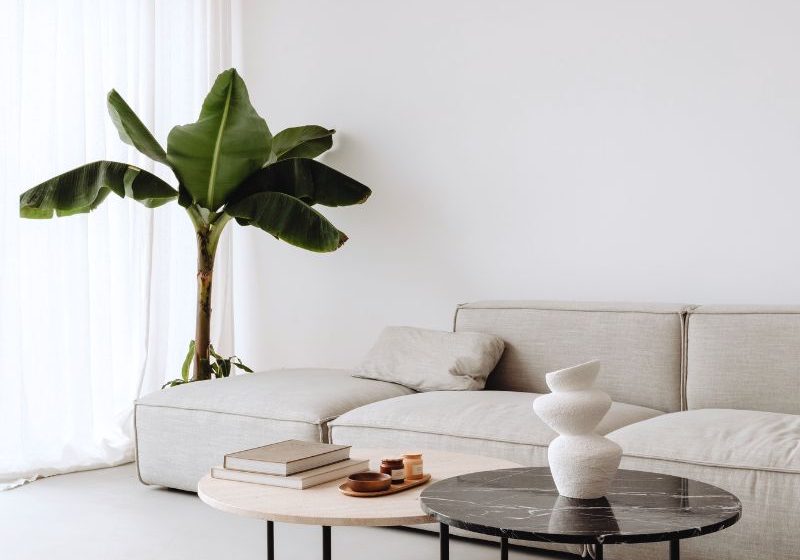
How you decorate your home is an expression of yourself, but you may not realize that your physical space can affect your mental health.
Your home is your sanctuary, so it should make you feel at ease. Imagine you get home from a long day at work or school, only to find that your home is a mess. You don’t have a clean chair to sit on, your lightbulb went out, and the trash is starting to smell. It can be a sensory overload when you walk through the door.
Adding the right touches throughout your home creates a calming and peaceful feel that helps you relieve stress and relax. Read about how your home can affect your mental health, and see how you can refresh your space.
Colors
There is a lot of research on how colors affect our moods. While you might have a favorite color that you gravitate towards, there are certain colors that work better in a home.
Here are common interpretations of different colors:
- Red represents passion and love. It’s a stimulating color that brings energy to a room. It’s best to use sparingly or you can get overwhelmed.
- Yellow is good in rooms without much natural light since it brightens things up.
- Green is an earth tone that can calm overstimulation and help you relax.
- Blue has a calming effect on people and is believed to soothe illness and treat pain.
- Purple is soothing and stimulating — depending on its intensity — making it a great choice for creative spaces.
- White can make a room feel larger and gives a feeling of calm and simplicity. According to color therapists, white can evoke feelings of happiness and cleanliness.
- Gray is a serene neutral color that works well when complemented by pops of color.
If you want the ultimate serene space, choose light neutral colors, like white and gray, as the foundation of your home. Then incorporate pops of colors that create a calming effect, like green and blue. If you’re seeking more happiness in life, try bringing yellow into your home. For creativity boosts, look for purple elements.
Textures
Texture can come into play in many ways in your home. Think about the relief you might feel when you sit down on a plush couch or cuddle up under your favorite blanket.
Research shows that softer, smoother textures evoke calm and happiness, while rougher ones cause negative emotions. While many people like the aesthetics of industrial decor, it’s not the best choice if you want a cozy and joyful home.
Try bringing some of these items into your space to play around with texture:
- Throw pillows in soft materials, like cotton or cable knit.
- Sherpa blankets or furniture.
- Shag area rugs.
- Semi-shear curtains that allow light to filter through.
- Crocheted or knitted blankets and shams.
Filling your space with soft, fluffy textures is sure to put your mind at ease.
Organization
As we’ve learned from Marie Kondo over the years, clutter in your home can have a negative impact on your mental state. Visually, clutter and mess can overwhelm your brain and cause unneeded stress. It’s also impractical, as you may find yourself wasting time digging through piles of papers or clothes looking for what you need.
Organizing your home is a definitive way to make your space more calming. Getting rid of stuff you don’t need can take a weight off your shoulders and free up mental energy to focus on more important things. Making sure each item has its own designated space can be extremely satisfying and make your life so much easier.
Peaceful Design Trends
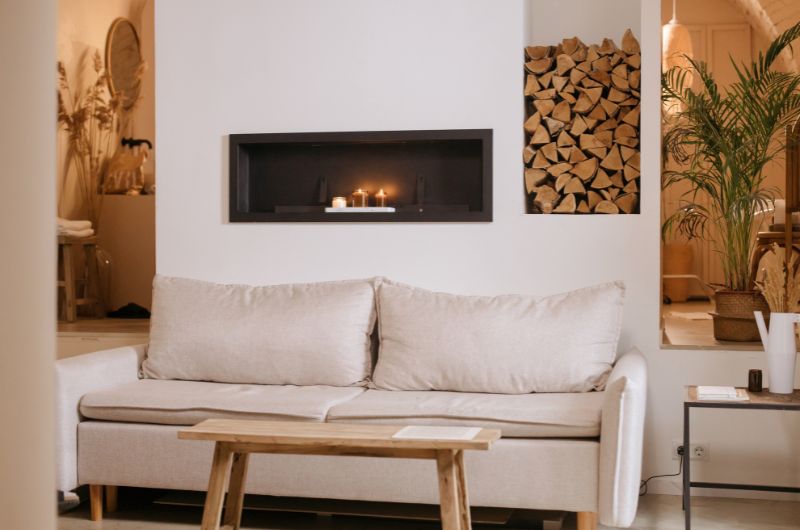
The home’s impact on mental state is a long-studied phenomenon. Many different cultures have developed their own processes and practices to maximize health, happiness, and comfort in the home.
Here are some leading theories on home design you can try to follow.
Biophilic Design
Biophilic design is an element of architecture and interior design that focuses on the connection between humans and the environment.
Humans have an inherent connection to nature, shown by the mental health benefits natural materials bring us. Wood, vegetation, light, and scenic views can relax you, help you feel focused, and inspire your creativity.
Biophilic design works with modern architecture and design by incorporating natural materials during construction.
This design method is also more sustainable, utilizing natural resources during initial construction or renovations. Homeowners reduce their carbon footprint when following a biophilic design by incorporating natural light and decor.
Indoor and sedentary lifestyles have become common, and this design helps us stay connected to nature, bringing various mental health benefits.
You can use four elements of this design to benefit your well-being:
- Natural patterns: Biophilic design incorporates natural patterns through textiles and decor, like animal prints, tree bark, and leaf lines.
- Natural images: These images are physical representations of nature in your home, including pictures of plants and animals, earth tones, and stone furniture and decor.
- Natural light: Sunlight helps regulate your circadian rhythm, which enables you to sleep better. Sleep is necessary for your physical and mental health.
- Plants: Houseplants add greenery and life while naturally purifying your air.
Feng Shui
Feng shui, a design practice from ancient China, follows the belief that improving the flow of chi brings joy and prosperity.
Feng shui focuses on incorporating five natural elements into your home.
- Earth: This peaceful element includes earth tones, crystals, clay, stone, and landscape paintings.
- Fire: This energizing element involves red and orange colors.
- Water: Water symbolizes wisdom and clarity, and you can incorporate it with blue tones and reflective surfaces.
- Metal: This element can be incorporated through cool neutrals and metal fixtures.
- Wood: Wood represents growth, but there is such a thing as too much in your space. Consider incorporating it with plants and painted wood furniture.
Decorating for Mental Health
Decorating your home is not always an unnecessary expense. Your home is meant to be a place of rest and relaxation, not a source of stress or discomfort. Try out these home design tips to see if they improve your mental health.
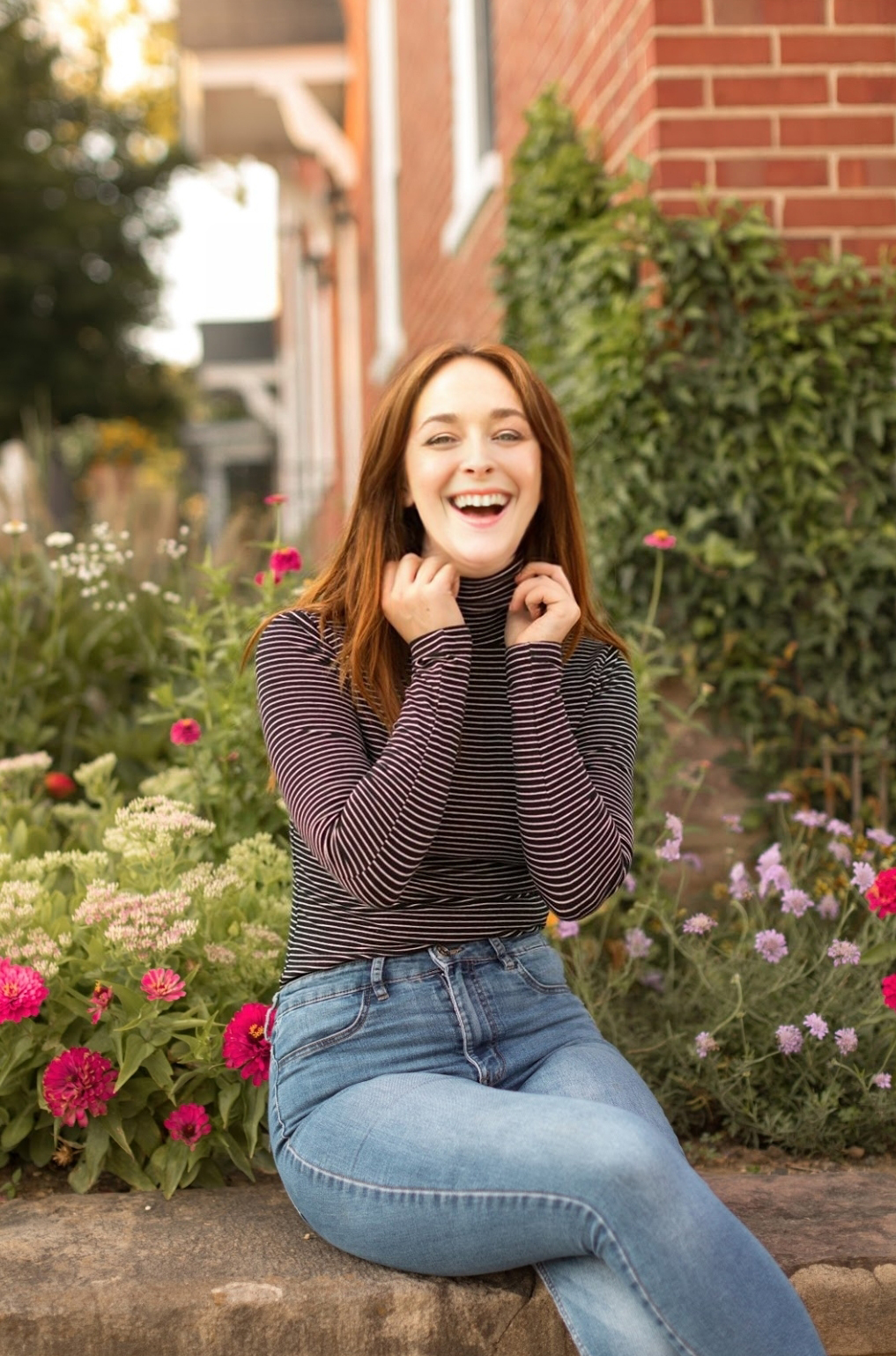
Cora Gold
Contributor
Cora Gold is the Editor-in-Chief of Revivalist magazine, a publication dedicated to happy, healthy, and mindful living.
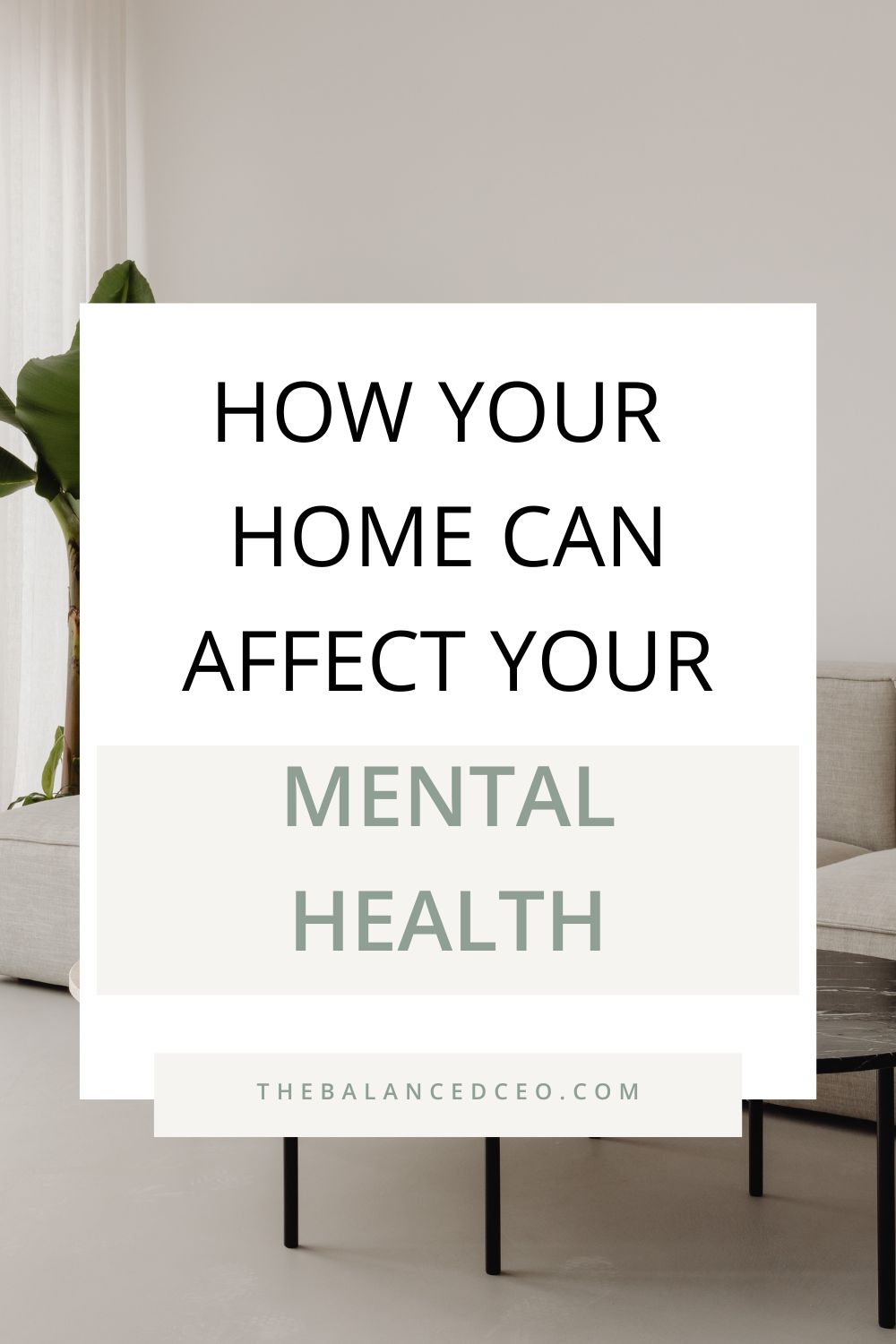
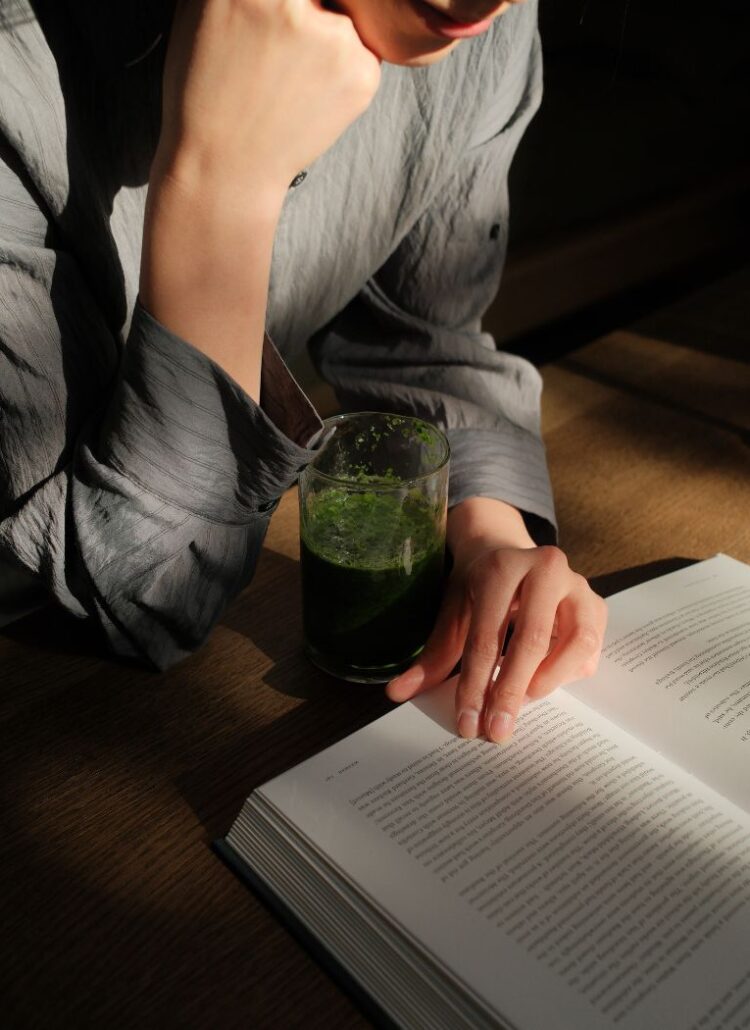
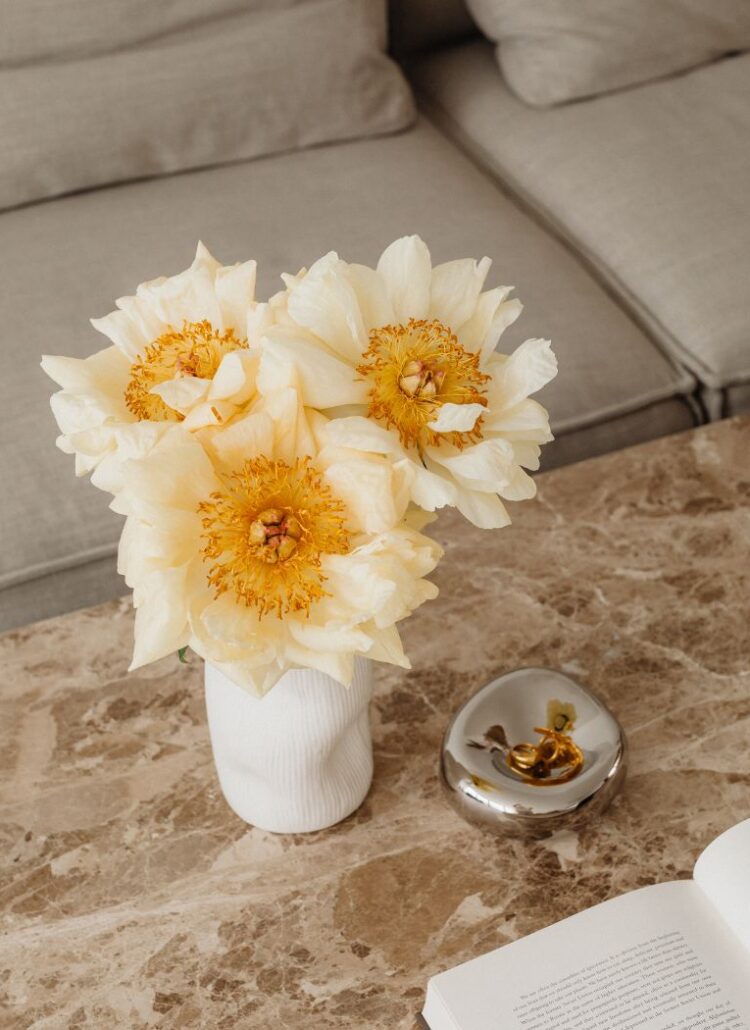
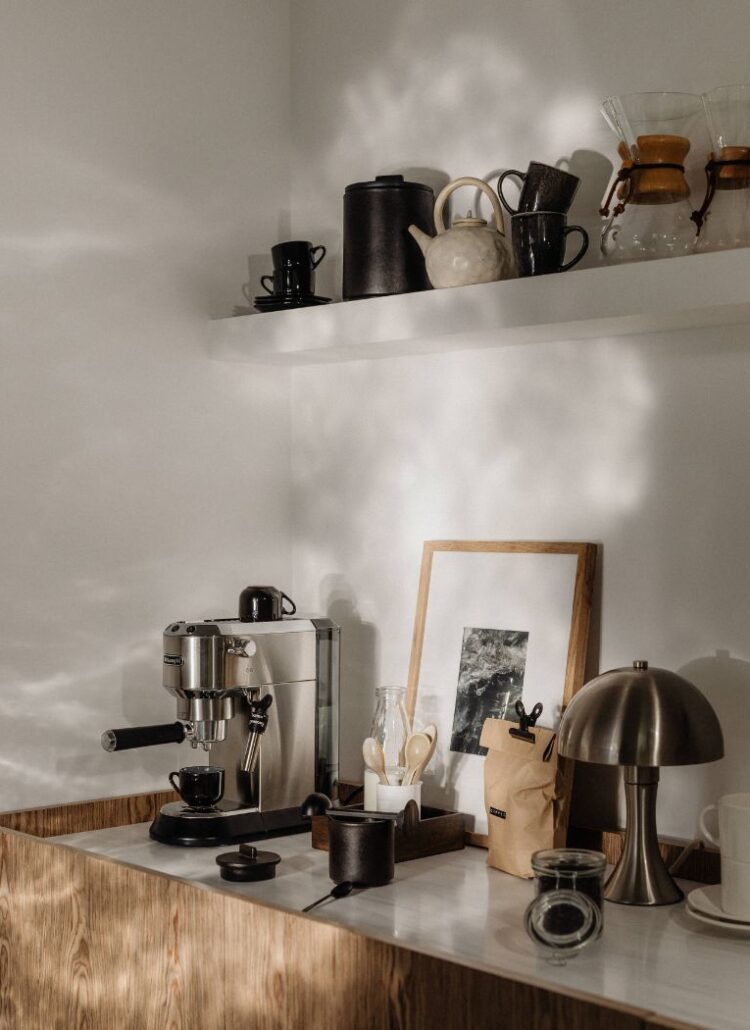

Leave a Reply